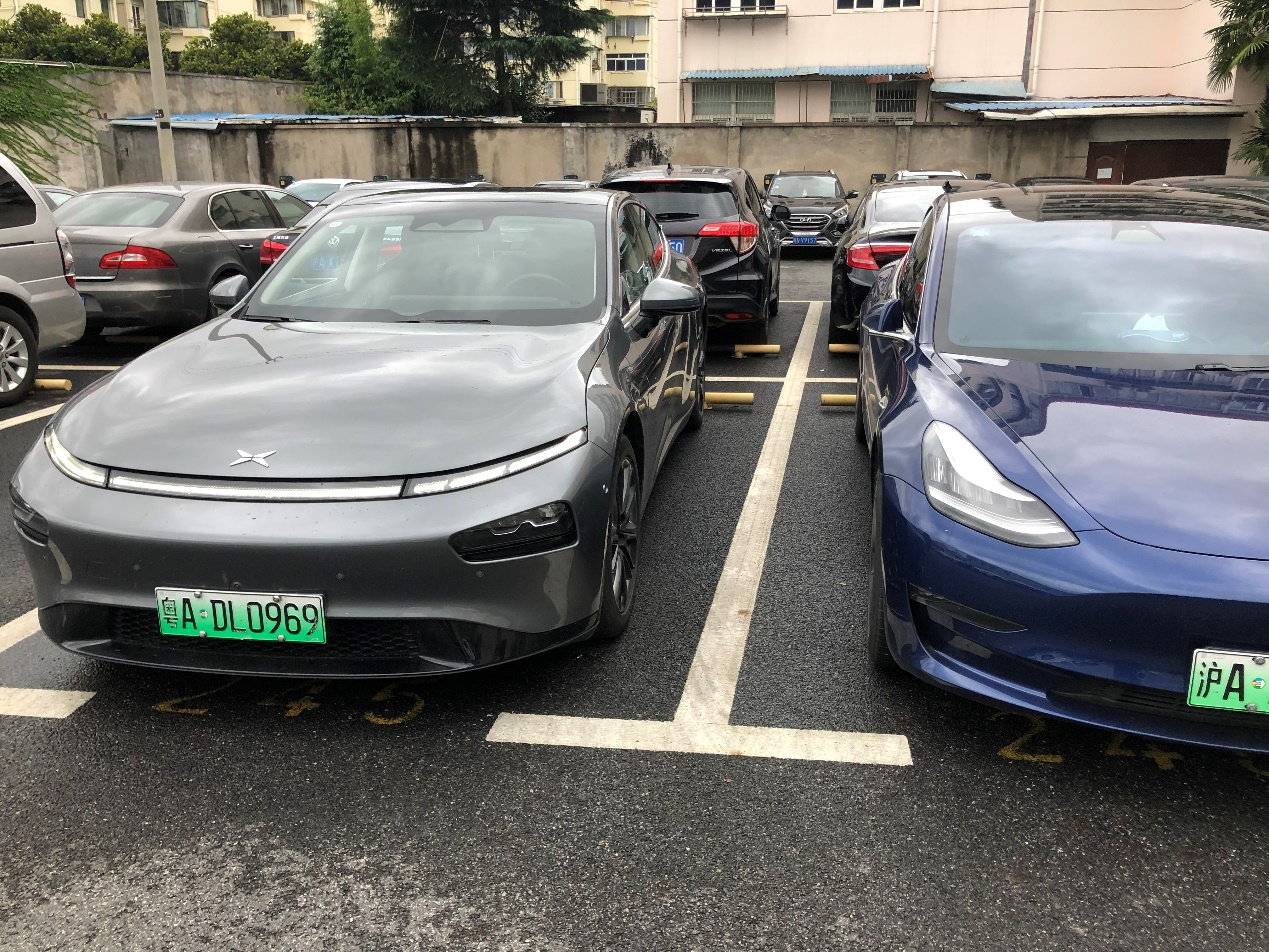Last year, as refueling became more frequent and expensive, I saw that the company parking lot had installed charging stations. Combined with the temptation of free new energy license plates, I had the idea of buying an electric car. After comparing several products, I finally ordered the XPeng G3. After a long wait of 2 months, I finally drove the G3 and was exposed to the primary level of intelligentization and assisted driving. People are always full of expectations and aspirations for the future. After driving the G3 for a period of time, I hoped to drive a more powerful and better intelligent car with more advanced assisted driving. Soon, XPeng launched the P7. Subsequently, the launch of intelligent voice, continuous conversation, NGP and other functions made me eager to try. Soon after, Garage 42 launched a test drive event for the XPeng P7. Thanks to Rabbit Baoguo and Xiao Ding, I had the opportunity to experience the XPeng P7.
On a weekend evening, I got the key and couldn’t wait to sit in the car. After entering the cabin and sitting down, the ambient lights, lifting and lowering of the stereo, the main driving sound, and the headrest of the stereo all felt great. The seat has airbags and waist support, which is somewhat hard. Some car owners feel uncomfortable, but perhaps due to my age, I prefer a slightly harder waist support.
Fastening the seat belt and stepping on the brake to shift into drive. When I arrived at the destination, I first experienced the 3.0 hardware’s parking. “Hey XPeng, I want to park”, it quickly recognized the parking space, stepped on the brake, and clicked on the screen to start. XPeng started automatic parking. The parking lot was large, with clear lines on the ground. I chose a space where there was a car on the driver’s side and no car on the passenger’s side. The road was wide and the parking space was empty. P7 took 2 attempts to back into the parking space (I am not sure why it’s impossible to park in a single direction in such a wide road and clear parking space). P7’s parking is not like the G3, which has a slight head feeling when it directly brakes to the floor. Instead, whether adjusting the front position when moving forward or adjusting the tail direction when reversing, it slowly decelerates until it stops, without any sense of jamming, just like driving with a real person. However, the quality of parking still needs to be improved. In such good parking conditions, there are still situations where the parking position is not correct or the line is crossed, which is a bit of a slap in the face for XPeng’s “strongest auxiliary parking.”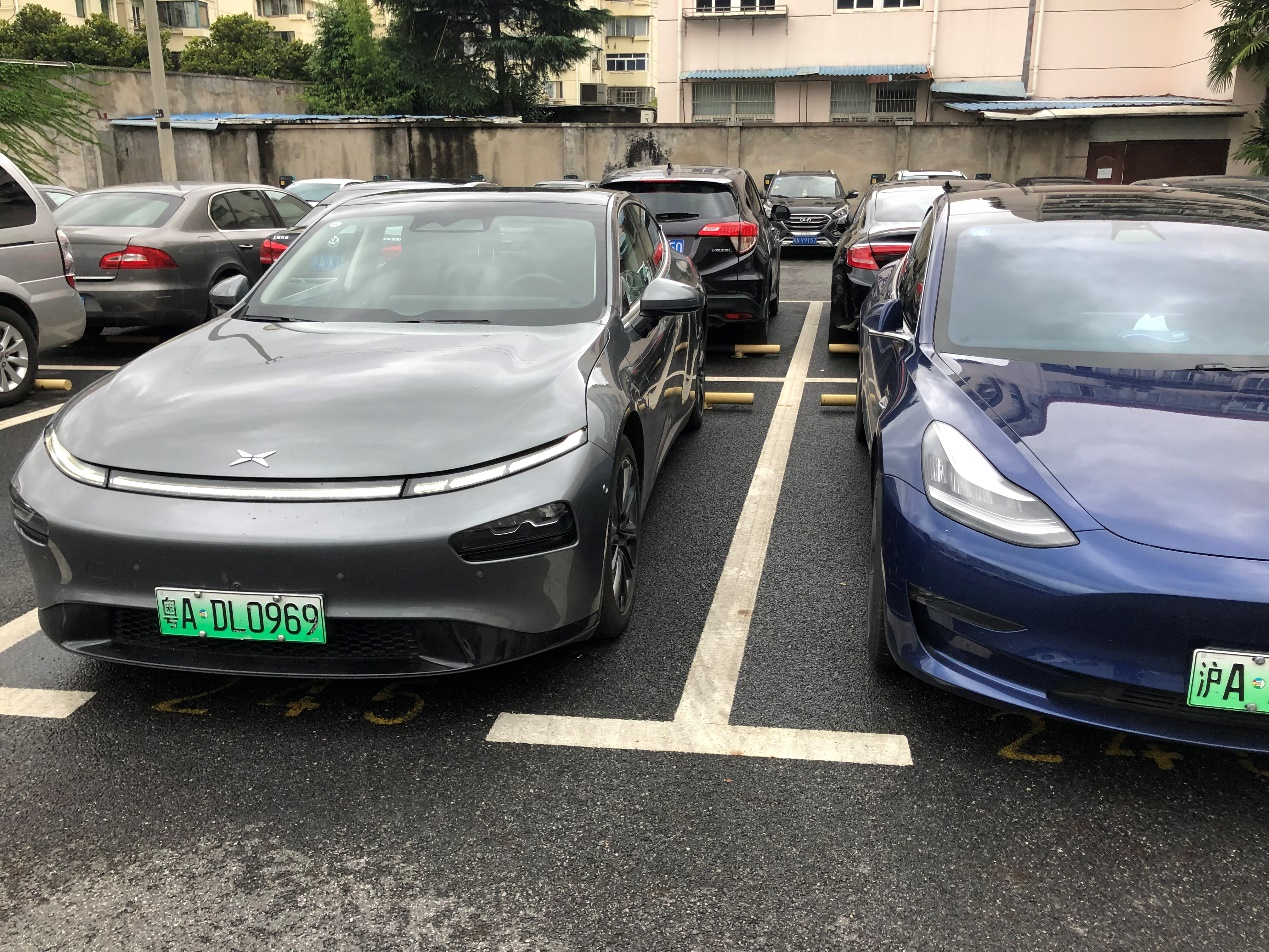
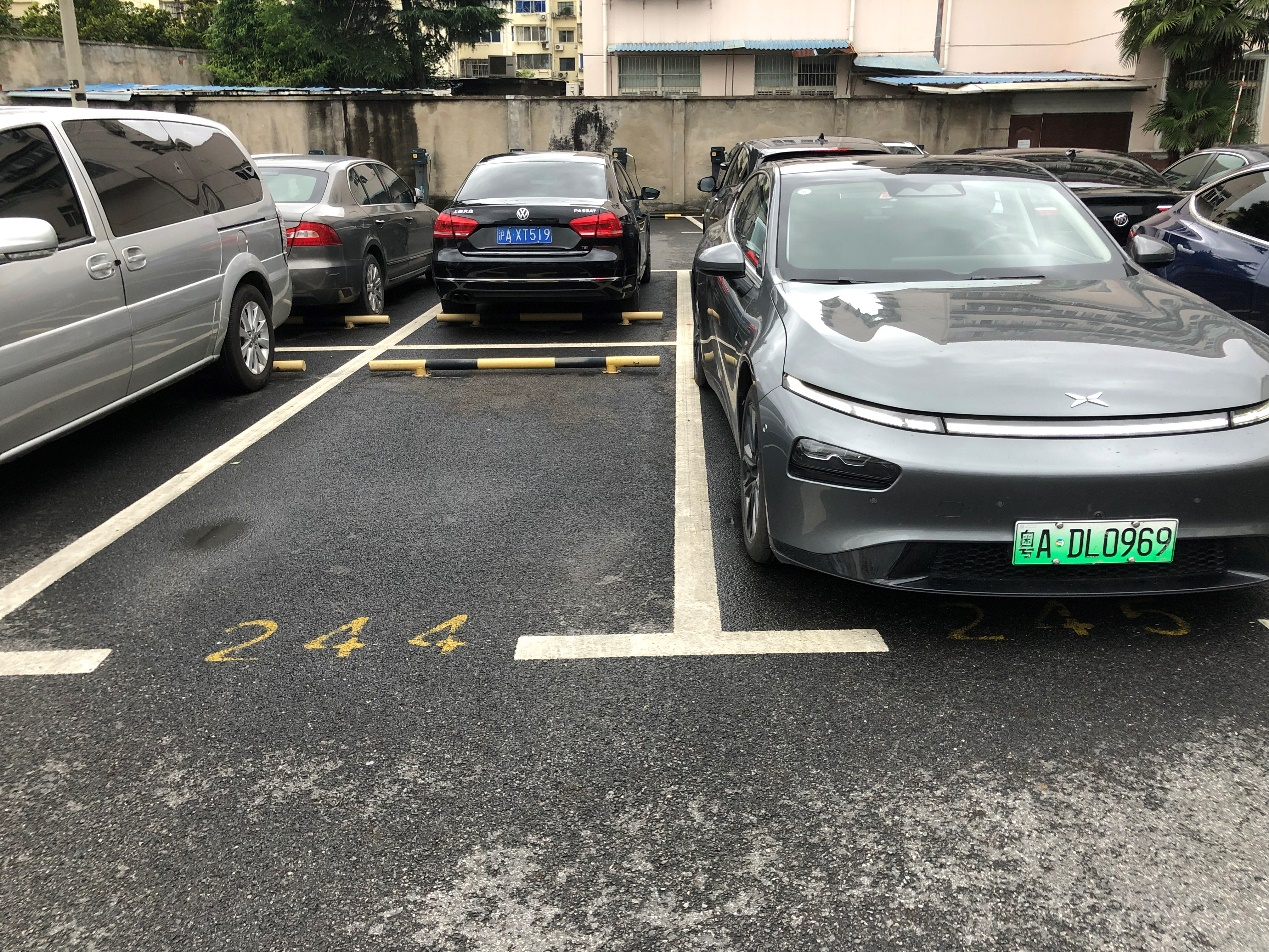
In addition, for the strongest auxiliary parking, I tried a special parking space out of curiosity. The result was that all 6 parking spaces could not be recognized, and it ended in failure (no AVP testing has been done to see if it can be successful).
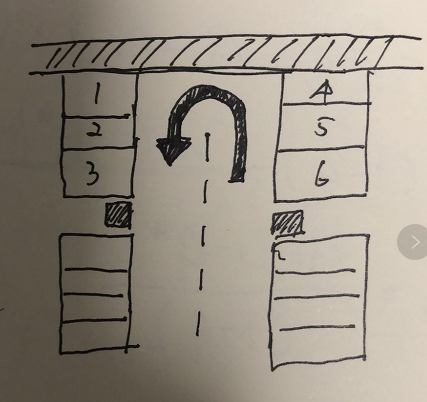
After talking about parking, we finally come to XPeng’s ace technology NGP. My evaluation period coincided with a typhoon, so I didn’t have much time to use it. I experienced NGP on the way from Shanghai University to Garage 42 on the night I returned the car. The selected route was Middle Ring Road – North-South Channel – destination. This short journey only had one ramp change from Middle Ring Road to North-South Channel. Let’s take a look at the performance of NGP. After getting onto the Middle Ring Road, I shifted the gear twice and turned on NGP. At the same time, I received a voice feedback from XPeng, “NGP has been turned on, bla bla bla.” After getting onto the ramp and onto the main road, P7 quickly turned on the indicator light and changed lanes to the far left lane. Because the road was relatively empty at night, the lane change was successful almost every time without any hesitation. Here, I have to mention P7’s lane change. Previously, G3’s assistive lane change required the car to drive on its own lane for 2-3 seconds after turning on the indicator light before the car judged that it could change lanes and made the change. During the lane change, the direction of the car’s front was also very slow. The whole process was very comfortable and took about 3-4 seconds to complete. P7’s lane change is very decisive and feels like an experienced driver. With NGP enabled, P7 will change lanes decisively when the system judges that it can change lanes. The direction of the car’s front has a large amplitude. It can even be said to have made two right-angle turns directly. The whole lane change is completed in 1-2 seconds. The first time may be a bit uncomfortable and surprising, but personally, I feel that this lane change method is fine in heavy traffic. However, in situations where traffic is very light, this lane change method can be very affecting to ride experience. I don’t know if there will be any improvements in the future.The performance of NGP under light traffic conditions in Central Hong Kong was excellent. Even after making way for a car manually, it was able to immediately recover in the lane. NGP is really great, almost as if the takeover rate is 0. While feeling delighted with the performance of NGP, the vehicle arrived at the intersection of Central and North Zhaimen Road. I heard a prompt from the headrest saying “NGP is about to exit, please take control manually”, and my good mood suddenly cooled off. I thought to myself that for the entire journey, the only ramp had to be taken over manually. So after taking over, when I drove into the North Transverse Channel, problems arose.
Firstly, the North Transverse Channel was not shown in the map app on the P7 vehicle system, which is really disappointing. When I entered the North Transverse Channel, I could only drive according to the guidance signs on the lane. This is simply a disgrace to the word “intelligence”, as the North Transverse Channel has been opened for a long time. Doesn’t the map of XPeng P7 update automatically? Secondly, because there was no map at all, NGP exited at the previous ramp. From this perspective, the so-called strongest ADAS in China, without high-precision maps, can only perform lane centering function on closed roads with a direct downgrade to the level 2.0 ADAS. I am a little disappointed in this regard. It’s as if the conditions for using NGP are solely determined by Gaode Maps.
To sum it up, the use of NGP requires highly precise map data, and without it, there is no NGP. From this point of view, XPilot 3.0, as mentioned by XPeng, may need to be discounted. For users, NGP performs very well, but to really enjoy its benefits of relieving driving fatigue and boredom, high-quality maps from Gaode are required. XPeng needs to work harder.

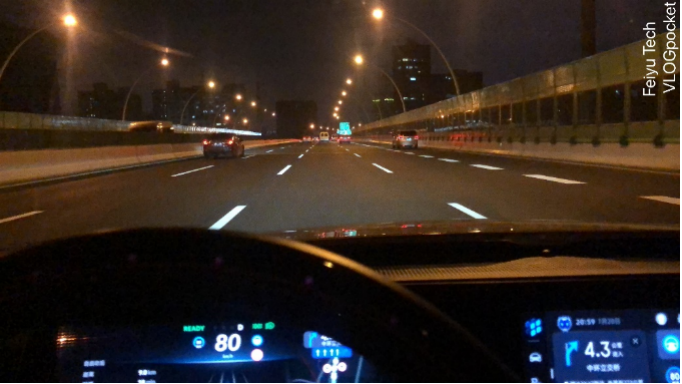
This article is a translation by ChatGPT of a Chinese report from 42HOW. If you have any questions about it, please email bd@42how.com.
